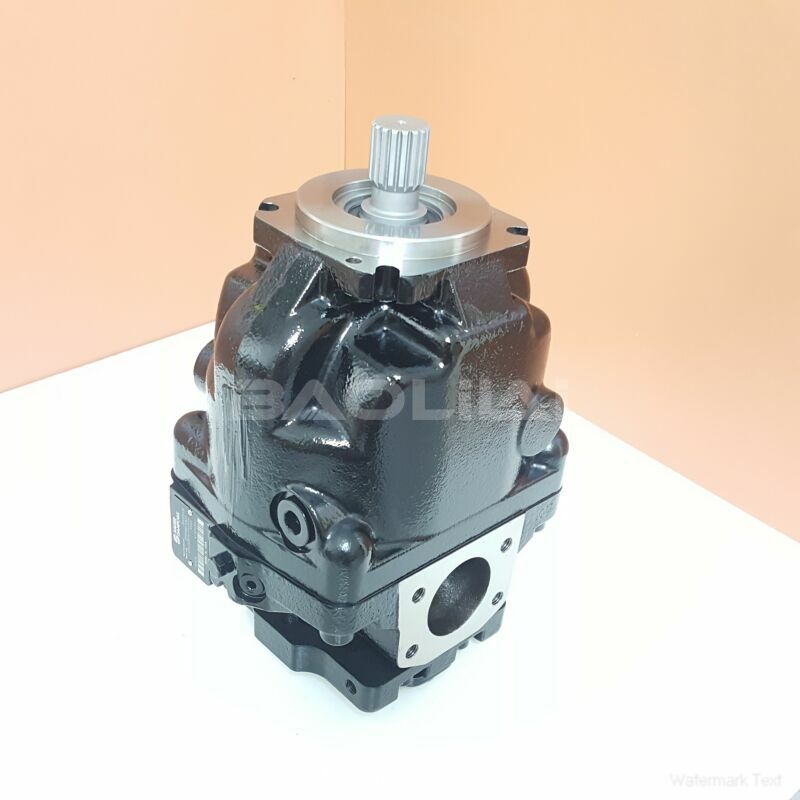ERL100BPC18NNNNN3S1NPA1NNNNNNNNNN hydraulic oil pump
ERL100BPC18NNNNN3S1NPA1NNNNNNNNNN hydraulic oil pump

- Product Details
- Applicable Scene
Hydraulic systems are an integral part of a wide range of industrial, agricultural, and construction equipment. One of the critical components of these systems is the hydraulic pump, which is responsible for converting mechanical energy into hydraulic energy. However, one common issue that can lead to reduced efficiency and system failure is hydraulic pump overheating. Preventing this overheating is essential for maintaining optimal performance and longevity of the hydraulic system. Here are some effective strategies to mitigate this issue.
ER-L-100B-PC-18-NN-NN-N-3-S1NP-A1N-NNN-NNN-NNN
ERL100BPC18NNNNN3S1NPA1NNNNNNNNNN
First and foremost, regular maintenance of the hydraulic system is crucial. Routine inspections and servicing help identify potential problems before they escalate. Regularly checking fluid levels, replacing filters, and ensuring there are no leaks can prevent overheating caused by low fluid levels or contaminated fluids. Additionally, adhering to the manufacturer’s recommended maintenance schedule can enhance pump performance and longevity.

83015680
Selecting the right hydraulic fluid is also vital in preventing pump overheating. The fluid should be appropriate for the operating conditions and compatible with the materials used in the system. Hydraulic fluids with higher viscosity may provide better lubrication at elevated temperatures, while those with additives can improve thermal stability. It’s essential to monitor the fluid temperature regularly and replace it if it shows signs of degradation or contamination.
Another critical factor is ensuring proper cooling of the hydraulic system. Heat exchangers, coolers, and fans can be employed to dissipate excess heat generated during operation. It’s important to design the system layout to facilitate heat dissipation, allowing for sufficient airflow around components, especially in confined spaces. Properly sizing and positioning coolers to ensure efficient heat exchange can significantly reduce the risk of overheating.





